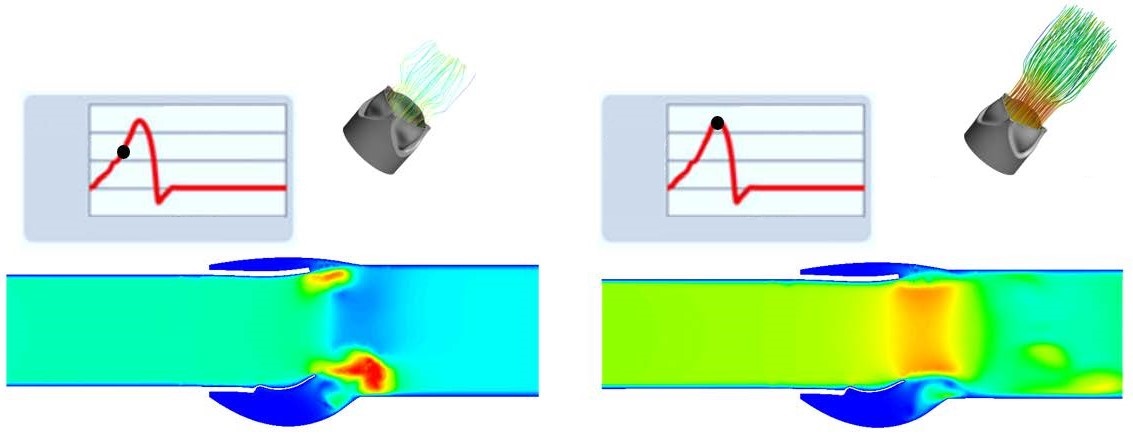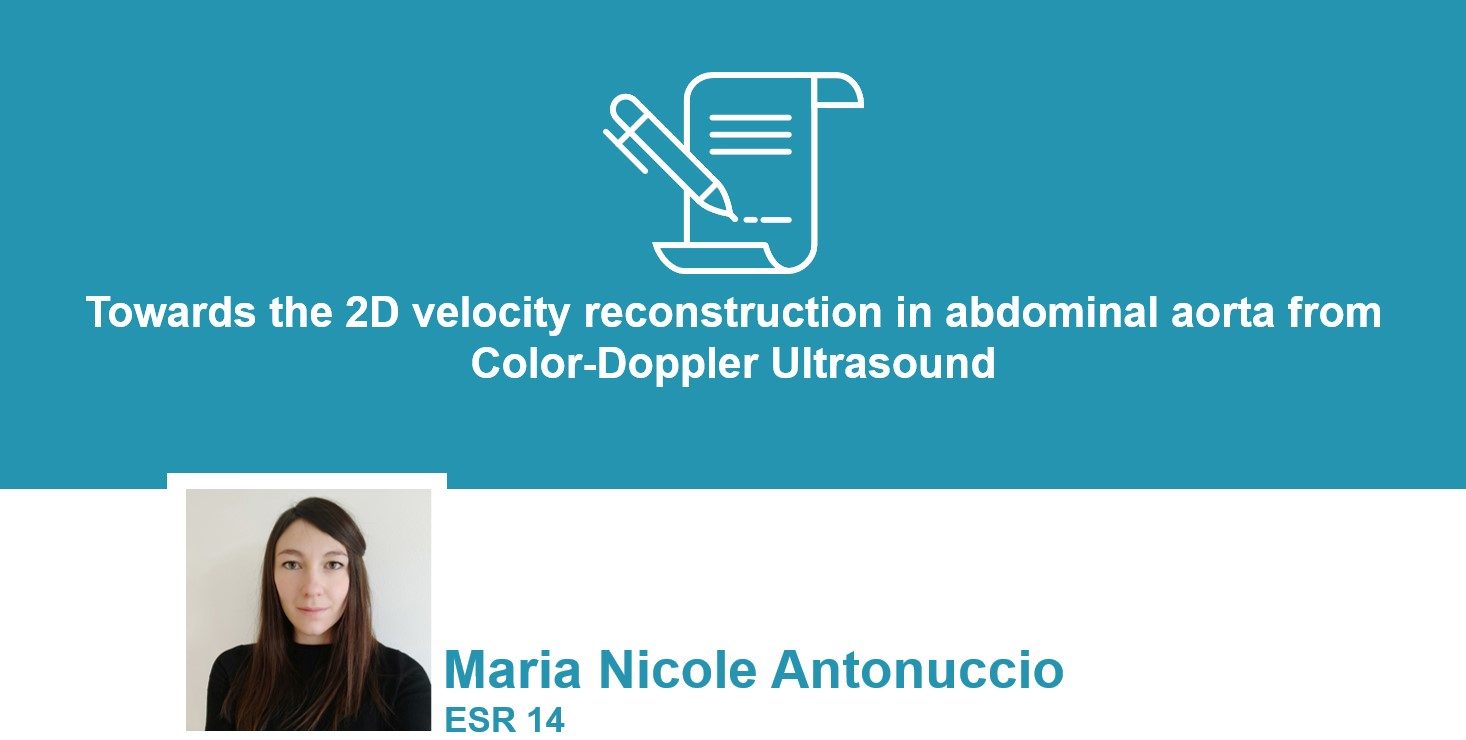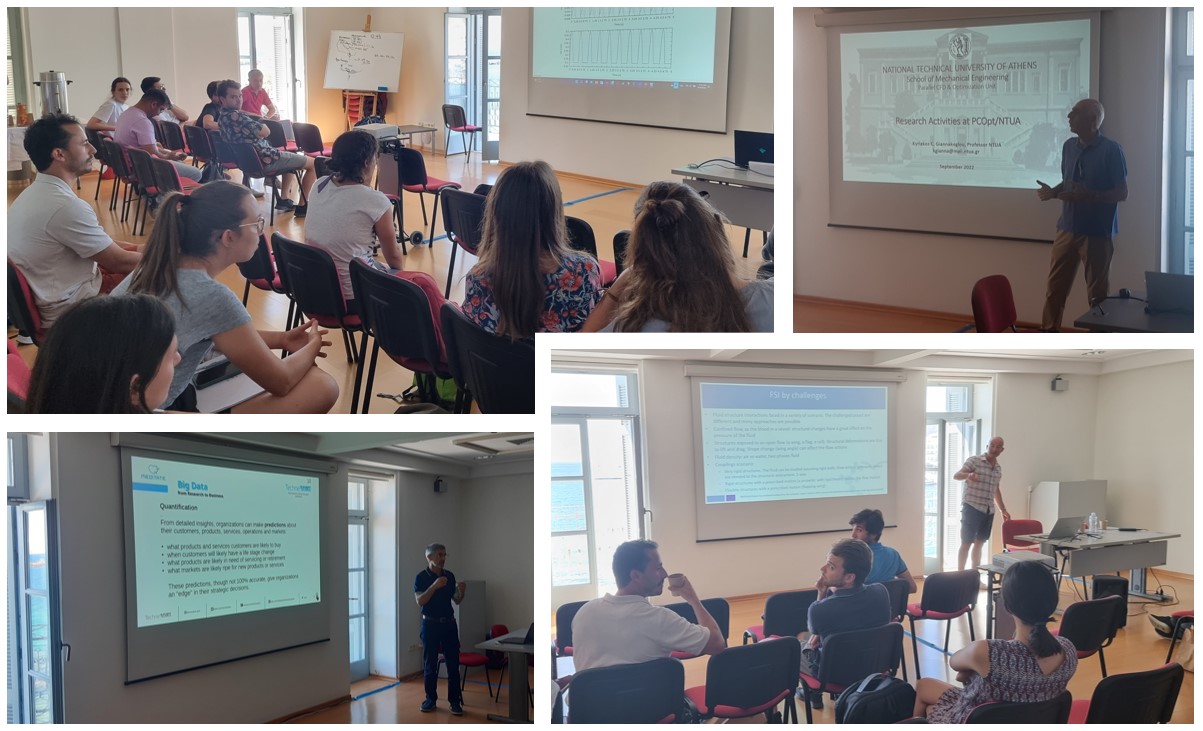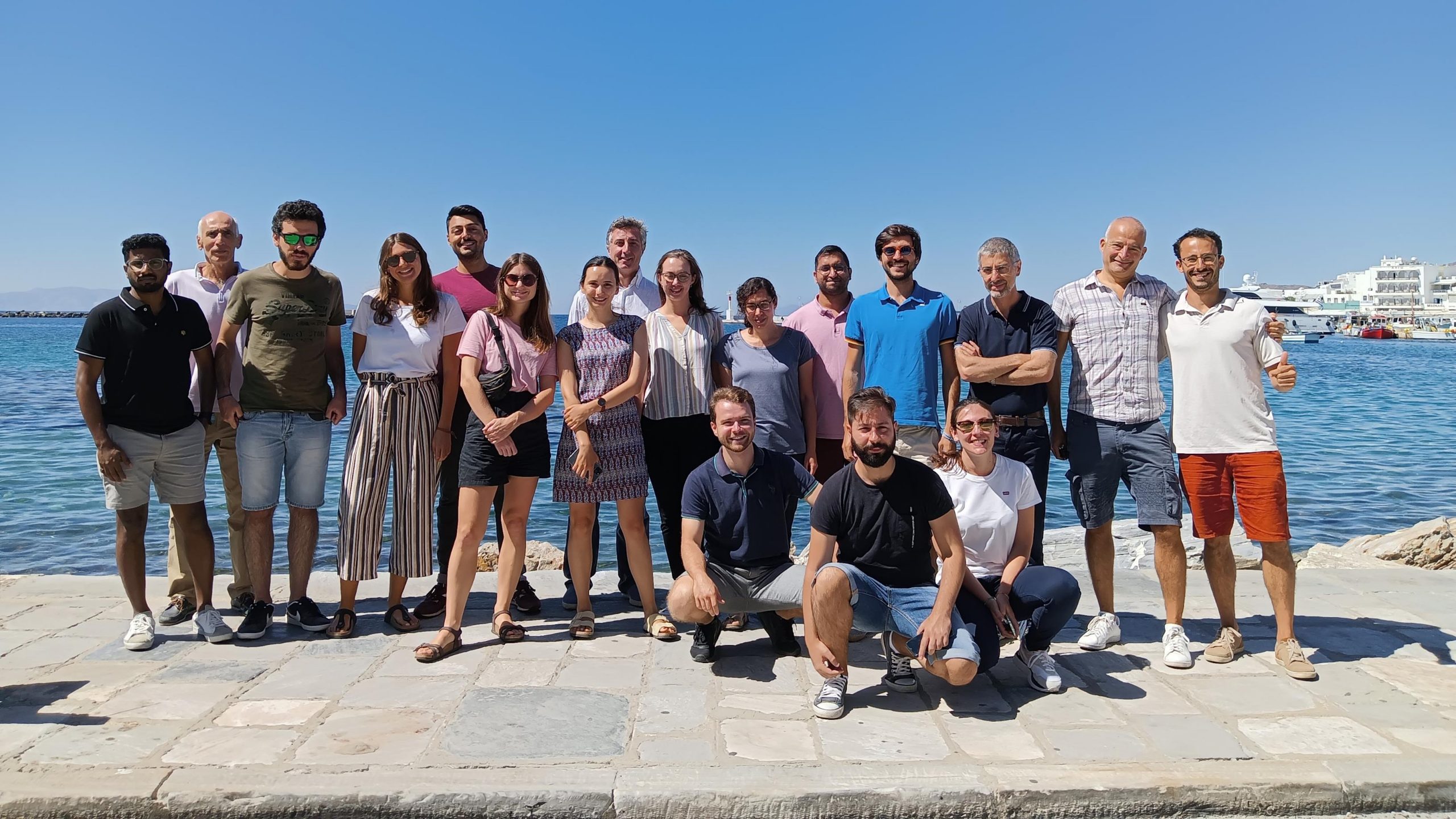The MeDiTATe project at the workshop “Heart Valve Replacements: Past, Present, and Future Directions”

The University of Sydney, one of the partners of the MeDiTATe project, will be hosting the workshop Heart Valve Replacements: Past, Present, and Future Directions on September 27, 2022.
The meeting is organized by The School of Chemical and Biomolecular Engineering and the School of Medicine. The aim of the group is to bring a better valve to children who require a heart valve replacement on the right side of their heart. The work is also relevant to people of all ages with heart valve disease.
Prof. Marco Evangelos Biancolini, Principal Investigator of the MeDiTATe project, will be participating in the event as one of the international guests giving a speech about Digital Twins applied in medical projects including MeDiTATe.
The event registration, free for both on-site and online attendance, is available at this link.
The MeDiTATe project will participate in the 14th European Fluid Mechanics Conference



The MeDiTATe project will be participating in the 14th European Fluid Mechanics Conference (EFMC14), that will take place in Athens, Greece on September 13-16, 2022.
Two of our Early Stage Researchers, Bhargav Krishna Chitneedi and Christos Karliampas, will be presenting their activities at this Conference. A short summary of their work is reported in the following lines.
Bhargav Krishna Chitneedi – ESR 04: Numerical Prediction of Blood Flow in Arteries, Interacting with Walls, on GPUs. In this article, a framework for the Fluid-Structure Interactions (FSI) simulations of vascular blood flows, running on Graphics Processing Units (GPUs) is presented. The FSI simulations are performed, based on the partitioned approach, with the GPU-enhanced Finite Volume CFD code, PUMA (developed by the PCOpt/NTUA) for fluids, coupled with the open-source finite element solver, CalculiX, for the vessel walls. The flow is assumed to be laminar, and the non-Newtonian behaviour of the blood is represented using the Carreau model. The isotropic linear elastic model of CalculiX is used for the arterial wall computations. The GPUs are used for the flow simulation, which is expensive because of using fine mesh with boundary layers at wall vicinity. The structural analysis uses much coarser meshes and runs inexpensively on the CPU. The Precice coupling framework is used which also enables using non-matching timesteps and non-matching meshes to perform FSI simulations. The temporal velocity profile at the inlet and the 3-element Windkessel pressure model at the outlet are imposed. The FSI simulations are performed on patient-specific geometries of thoracic aorta with realistic flow conditions. The hemodynamic metrics like wall shear stresses are computed to predict the rupture prone areas which helps medical experts to take an informed decision to improve healthcare.
Christos Karliampas – ESR 06: Hemodynamic simulation of the thoracic aorta in the presence of uncertainties, using a reduced-order polynomial chaos expansion. The purpose of this paper is to investigate the sensitivity of the inlet flow profile in cardiovascular simulations of thoracic aorta. Due to limited, poor quality, patients’ data, it is a compromise to resort to idealized spatially distributed velocity profiles as the inlet boundary condition in undertaken simulations. This assumption introduces uncertainties, affecting the numerical solution in the entire fluid domain. Here, Womersley number is chosen to parameterize the imposed inlet velocity and a fast reconstruction method is proposed, based on the proper orthogonal decomposition polynomial chaos expansion, to analyze the velocity profile uncertainty propagation on the hemodynamic metrics.”
The MeDiTATe project at the VPH 2022 Conference



The MeDiTATe project will be participating in the VPH 2022 – Virtual Physiological Human Conference that will be held in Porto from 6th to 9th September 2022.
Two of our Early Stage Researchers, Antonio Martinez Pascual and Martino Andrea Scarpolini, will be presenting their work described in the following sections.
Antonio Martinez Pascual – ESR 01: Impact of Image Segmentation Variability on Hemodynamic Prediction of Flow Quantities in AAA. Computational fluid dynamics (CFD) can be used to compute various hemodynamic factors for abdominal aortic aneurysms (AAA), which may be used to assist with the risk assessment. Variability in the shape of the AAA lumen may arise during segmentation of the lumen wall from the medical image data. The resulting variation in local geometrical factors, such as the diameter and curvature, may impact the rupture prediction. Therefore, this study aims to estimate the effect of geometric uncertainty due to the segmentation process on WSS and wall pressure predictions.
Martino Andrea Scarpolini – ESR 09: A correlation study between morphological parameters and hemodynamics indices: an integrated deep learning and statistical shape modeling approach.
Deep Learning (DL) has been demonstrated to be a promising tool to estimate hemodynamic indices in several cardiovascular districts. Statistical shape (SS) analysis, on the other hand, is an established tool to quantitatively assess geometric variability. In this work, these two methods are combined to develop a real-time estimation method for hemodynamic indices of the whole thoracic aorta.
A new MeDiTATe Project publication: Towards the 2D velocity reconstruction in abdominal aorta from Color-Doppler Ultrasound

Maria Nicole Antonuccio, ESR 14 of the MeDiTATe project, published the paper titled Towards the 2D velocity reconstruction in abdominal aorta from Color-Doppler Ultrasound in Medical Engineering & Physics Journal.
The work was developed in collaboration with Hernan G. Morales, Alexandre This and Laurence Rouet from Philips Research Paris, Katia Capellini and Simona Celi from BioCardioLab (Fondazione Toscana G. Monasterio), Stéphane Avril from Mines Saint-Étienne.
The paper whose abstract is reported in the following lines, is available at this link.
Magnetic resonance imaging (MRI) is the preferred modality to assess hemodynamics in healthy and diseased blood vessels. As an affordable and non-invasive alternative, Color-Doppler imaging is a good candidate. Nevertheless, Color-Doppler acquisitions provide only partial information on the blood velocity within the vessel. We present a framework to reconstruct 2D velocity fields in the aorta. We generated 2D Color-Doppler-like images from patient-specific Computational Fluid Dynamics (CFD) models of abdominal aortas and evaluated the framework’s performance. The 2D velocity field reconstruction is based on the minimization of a cost function, in which the reconstructed velocities are constrained to satisfy fluid dynamics principles. The numerical evaluations show that the reconstructed vector flow fields agree with ground-truth velocities, with an average magnitude error of less than and an average angular error of less than . We lastly illustrate the 2D velocity field reconstructed from in-vivo Color-Doppler data. Observing the hemodynamics in patients is expected to have a clinical impact in assessing disease development and progression, such as abdominal aortic aneurysms.
Recent Posts
- MeDiTATe final video: results
- Leonardo Geronzi ESR 02 of the MeDiTATe Project among Forbes Italia’s Top 100 Under 30
- Monica Emendi successfully defended her PhD thesis defense
- Martino Andrea Scarpolini successfully defended his PhD thesis defense
- Eirini Kardampiki successfully defended her PhD thesis defense
Archives
- June 2024
- March 2024
- February 2024
- December 2023
- October 2023
- September 2023
- August 2023
- July 2023
- June 2023
- May 2023
- April 2023
- March 2023
- February 2023
- January 2023
- December 2022
- November 2022
- October 2022
- September 2022
- August 2022
- July 2022
- June 2022
- May 2022
- April 2022
- March 2022
- March 2021
- February 2021
- December 2020
- November 2020
- February 2020
- January 2020


